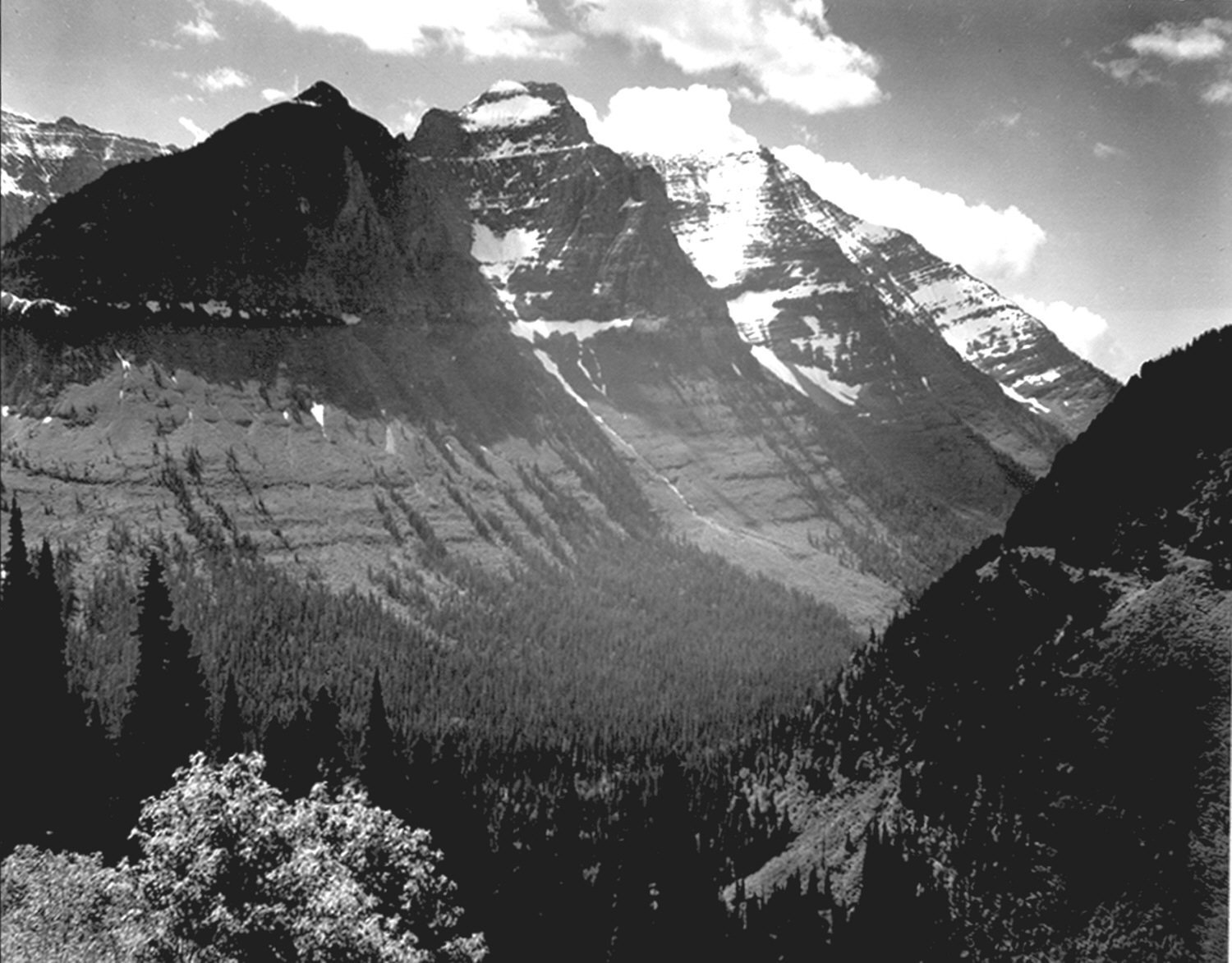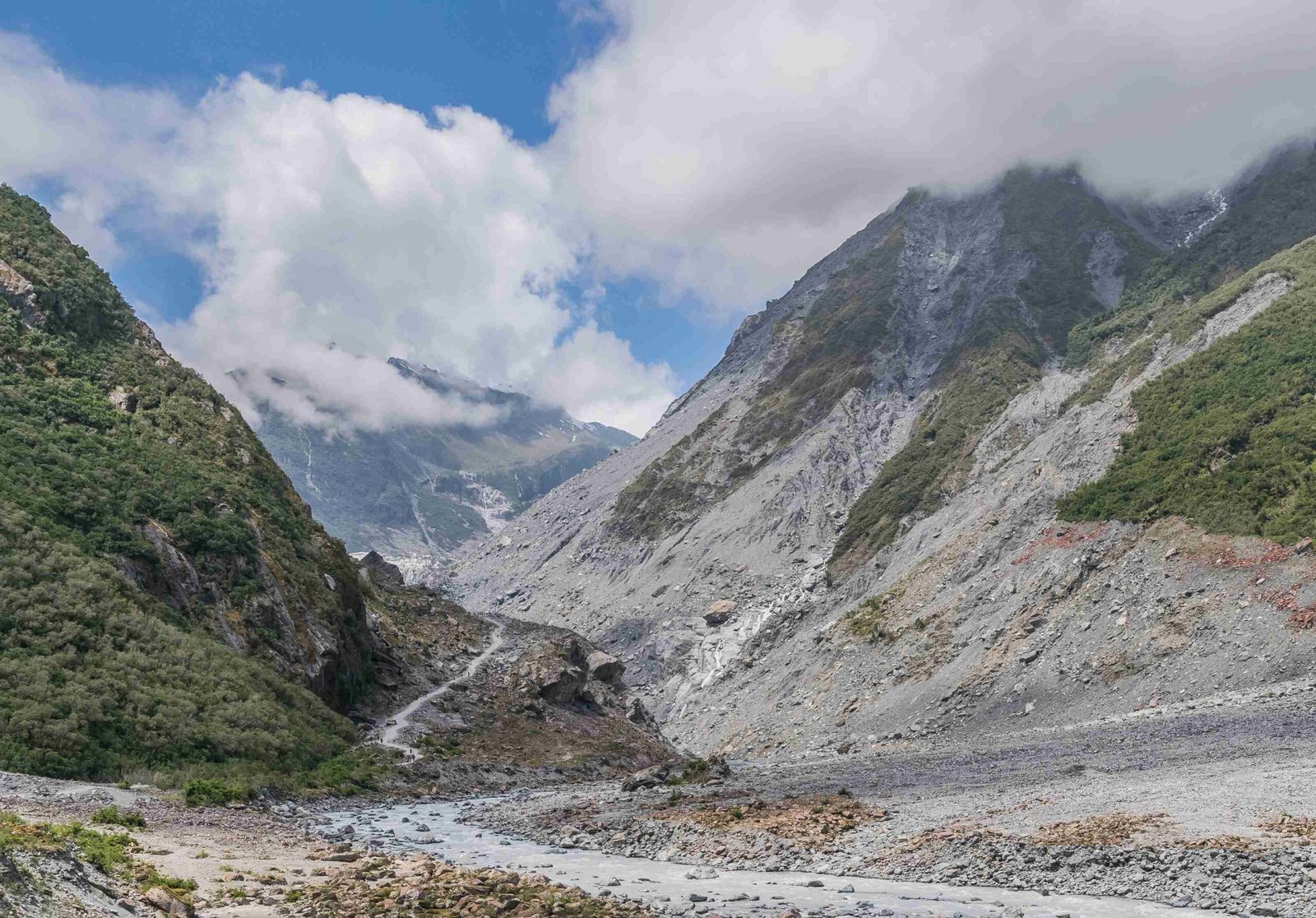The Big Slide near Glacier National Park is a natural geological feature that attracts hikers and nature enthusiasts. Located in the vicinity of one of America’s most spectacular national parks, this massive landslide offers a unique landscape and challenging terrain for adventurers. While not as famous as some of Glacier’s iconic features, the Big Slide provides an off-the-beaten-path experience for those looking to explore beyond the park’s main attractions.
What is the Big Slide and Where is it Located?

The Big Slide is a large landslide area situated near the boundaries of Glacier National Park. While not within the park itself, its proximity makes it an interesting geological feature for visitors to explore. The exact location is:
- Approximately 10 miles southwest of the park’s western entrance
- Accessible via Highway 2
- Located in the Flathead National Forest
This natural phenomenon occurred due to the unstable geological composition of the area, combined with factors such as erosion and possibly seismic activity. The result is a dramatic landscape of displaced earth and rock that stands in stark contrast to the surrounding forested areas.
How Can Visitors Access the Big Slide Area?

Accessing the Big Slide requires some planning and preparation. Here’s what you need to know:
- Driving directions:
- Take Highway 2 southwest from West Glacier
- Look for signs indicating Forest Service roads
-
Turn onto the appropriate Forest Service road (check current maps for exact route)
-
Parking:
- Limited parking is available at the trailhead
-
Arrive early during peak season to secure a spot
-
Trail information:
- The trail to the Big Slide is not officially maintained
- It’s considered a backcountry route, requiring good navigation skills
-
Total distance varies but expect a round trip of 6-8 miles
-
Permits:
- No specific permits are required for day hiking
- Check with the Flathead National Forest office for any current restrictions or advisories
What Should Hikers Expect on the Big Slide Trail?
The trail to and through the Big Slide area presents unique challenges and experiences:
- Terrain:
- Varied and often unstable ground
- Loose rocks and gravel
-
Potential for sudden changes in elevation
-
Difficulty level:
- Moderate to strenuous
-
Requires good physical fitness and hiking experience
-
Views and scenery:
- Panoramic vistas of the surrounding mountains
- Unique geological formations
-
Diverse flora adapting to the slide area
-
Wildlife:
- Possibility of encountering various species native to the region
- Bear country – carry bear spray and know how to use it
What Safety Precautions Should Hikers Take?
Safety is paramount when exploring the Big Slide area. Here are essential precautions:
- Gear checklist:
- Sturdy hiking boots with good ankle support
- Trekking poles for stability
- Plenty of water and high-energy snacks
- First aid kit
- Navigation tools (map, compass, GPS)
- Emergency shelter
-
Bear spray
-
Weather considerations:
- Check the forecast before departing
- Be prepared for sudden weather changes
-
Bring layers for temperature fluctuations
-
Communication:
- Inform someone of your hiking plans
- Carry a fully charged cell phone (reception may be limited)
-
Consider bringing a satellite communication device
-
Trail etiquette:
- Stay on established paths to minimize erosion
- Practice Leave No Trace principles
- Be aware of other hikers and yield when appropriate
How Does the Big Slide Compare to Trails Within Glacier National Park?
While the Big Slide offers a unique experience, it’s important to understand how it differs from trails within Glacier National Park:
| Aspect | Big Slide | Glacier National Park Trails |
|---|---|---|
| Maintenance | Minimal to none | Regular maintenance by NPS |
| Crowds | Generally less crowded | Can be very busy in peak season |
| Difficulty | Challenging, requires experience | Varies from easy to strenuous |
| Scenery | Focused on geological features | Diverse landscapes and ecosystems |
| Facilities | Limited to none | Visitor centers, restrooms available |
| Regulations | Less stringent | Strict NPS rules and regulations |
What is the Best Time to Visit the Big Slide?
Timing your visit to the Big Slide can greatly impact your experience:
- Seasonal considerations:
- Late spring to early fall is generally the best time
- Snow may linger into June at higher elevations
-
Fall offers beautiful foliage but cooler temperatures
-
Time of day:
- Early morning starts are recommended
- Allows for cooler hiking conditions
-
Better chance of wildlife sightings
-
Avoiding crowds:
- Weekdays are typically less busy
-
Shoulder seasons (late spring and early fall) see fewer visitors
-
Photography opportunities:
- Golden hour lighting in early morning or late afternoon
- Clear days offer the best visibility for landscape shots
How Can Visitors Prepare for the Unique Geology of the Big Slide?
Understanding the geology of the Big Slide enhances the hiking experience:
- Geological background:
- Formed by a massive landslide event
- Composed of various rock types typical of the region
-
Ongoing erosion continues to shape the landscape
-
Safety considerations:
- Be aware of potentially unstable areas
- Watch for loose rocks or shifting ground
-
Stay on established paths when possible
-
Educational opportunities:
- Research the area’s geology before your visit
- Look for interpretive signs or brochures at nearby ranger stations
-
Consider joining a guided geology hike if available
-
Photography tips:
- Capture the contrast between the slide area and surrounding forest
- Use wide-angle lenses for sweeping landscape shots
- Include people in photos to show scale of the geological features
What Wildlife Might Visitors Encounter Near the Big Slide?
The area around the Big Slide is home to diverse wildlife:
- Common species:
- Deer
- Elk
- Various bird species
-
Small mammals like marmots and ground squirrels
-
Rare sightings:
- Mountain goats
- Bighorn sheep
-
Wolverines
-
Bear safety:
- Both black and grizzly bears inhabit the region
- Make noise while hiking to avoid surprising bears
-
Store food properly and carry bear spray
-
Responsible wildlife viewing:
- Maintain a safe distance from all animals
- Never feed wildlife
- Use binoculars or telephoto lenses for close-up views
How Does the Big Slide Contribute to the Local Ecosystem?
The Big Slide plays a unique role in the local environment:
- Plant succession:
- Observe how vegetation reclaims the slide area over time
-
Look for pioneer species adapting to the harsh conditions
-
Habitat creation:
- The slide area provides diverse habitats for various species
-
Exposed rock faces may host unique plant communities
-
Water dynamics:
- Notice how the slide affects local water flow and drainage patterns
-
Look for small streams or seeps created by the altered landscape
-
Ongoing changes:
- The slide area continues to evolve
- Each visit may reveal new aspects of this dynamic environment
By exploring the Big Slide near Glacier National Park, visitors can gain a deeper appreciation for the powerful geological forces that shape our landscapes. This off-the-beaten-path destination offers a chance to experience raw nature and witness firsthand the ongoing processes that continue to mold the Earth’s surface. Whether you’re a geology enthusiast, a keen hiker, or simply someone looking to explore beyond Glacier’s main attractions, the Big Slide provides a unique and memorable adventure in the shadow of one of America’s most beloved national parks.
References:
1. Glacier National Park Official Website
2. Flathead National Forest
3. Montana Geological Survey